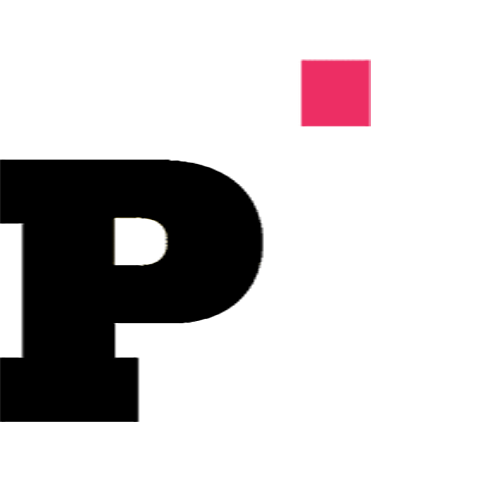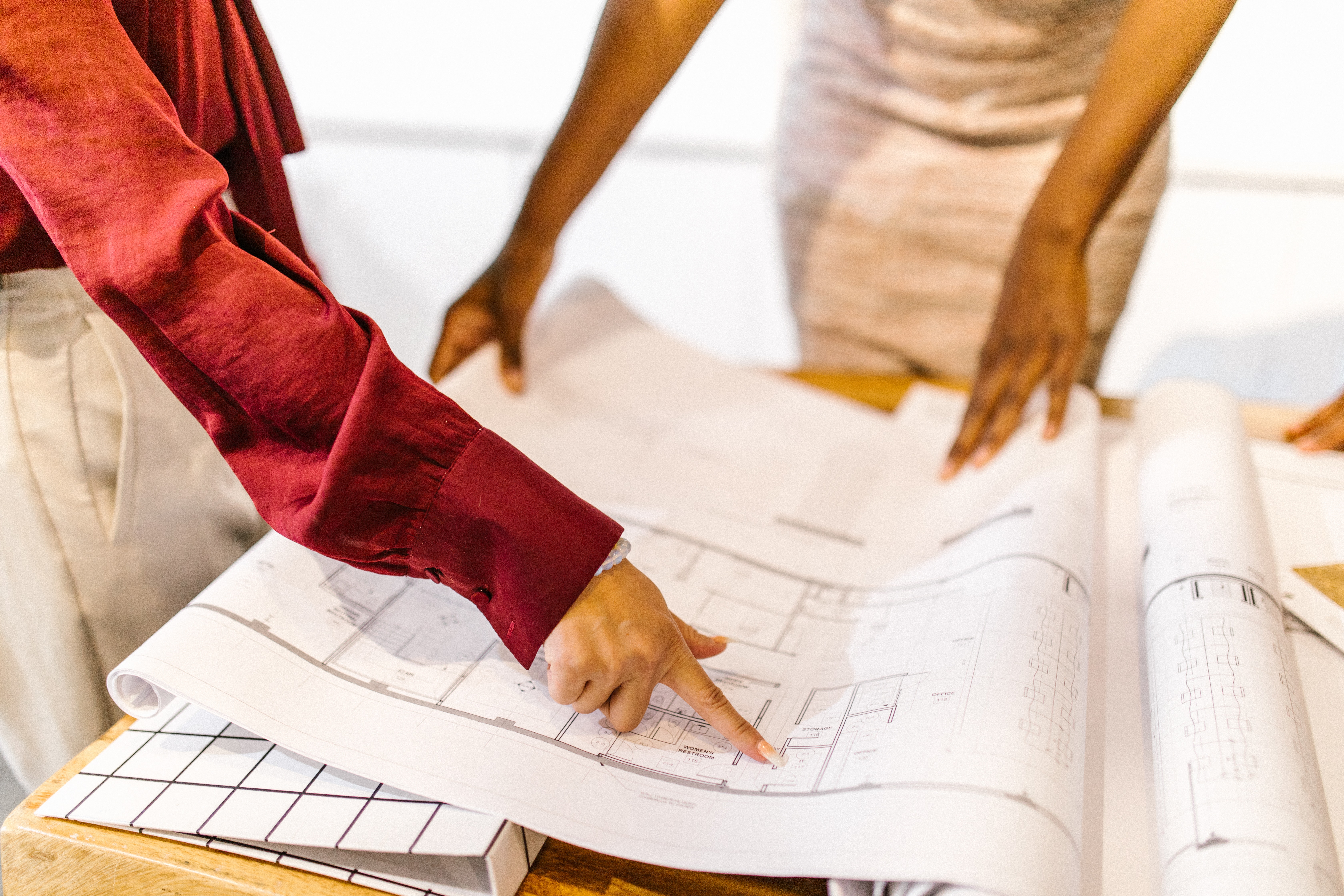It’s no doubt that digital construction has become the order of the day in the built environment. With the recent adoption of advanced technology like virtual reality and 3D printing, are traditional construction plan printing methods still relevant? Absolutely.
As a construction professional, you should never completely write off the need for quality prints. Your regular blackline and colour line drawings will still help you carry out projects effectively.
Today, we explore 4 crucial reasons why construction drawing printing is still essential to architects and construction professionals.
1. Cost-effective and reliable
One of the main advantages of traditional construction plan printing is its cost-effectiveness. While 3D printing may have the potential to save time and money in the long run, it is still an expensive technology. On the other hand, traditional printing methods like blueprinting and CAD printing are tried and true methods that are readily available and affordable.
Additionally, traditional construction printing methods are reliable. You can still get clear and accurately printed architectural and construction drawings that are easy to read and understand. This is vital in the construction industry, where mistakes can be costly and time-consuming.
Also, it’s an effective way to do a quality check on your designs and renderings, as it’s easier to spot errors that may not be noticeable on digital devices.
2. Versatile and adaptable
Traditional construction printing methods are also versatile and adaptable to different types of projects. For instance, quality construction prints can give you precise blueprints and drawings of both residential and commercial buildings. During construction, a building’s overall concept is unlikely to change. Having printed drawing sets on site can help one quickly learn about the project.
Also, well-detailed 3D models of structures can be produced via CAD printing and utilized for effective planning and visualization, which will improve your building process. This adaptability is essential in the construction sector since projects’ scope and complexity can change substantially.

⇒ Visit the PrintMyDrawings shop to print and deliver construction drawings
3. Widely accepted and understood
Another advantage of traditional construction plan printing is that it is widely accepted and understood by industry professionals. The regular construction blueprints and drawings produced are the current standards in the industry. Hence, they’re easily recognizable by architects, engineers, contractors, and other construction professionals. With prints, some tasks on the job sites are more effectively carried out.
Also, the fact that printed drawings are widely accepted allows for smooth communication and collaboration between team members.
Additionally, even when you need to create 3D-printed structures, comprehensive construction drawings will help you make informed decisions when it comes to choosing the right equipment and resources for your project.
4. Essential for building codes and regulations
Finally, these construction drawings are crucial for the mandatory documentation for obtaining approvals and other pre-construction processes.
As a construction professional, you’ll need your blueprints and construction drawings to ensure that your structure meets all relevant safety and structural requirements. This is essential in the construction sector because failing to follow building codes can result in costly penalties and delays.
High-quality construction plan printing is the backbone of building projects
Before we wrap this up, it’s important to note that while construction plan printing is essential for turning designs into tangible, usable documents, poor-quality prints typically compromise this objective.
But in an industry where precision is important, every print must be clear, detailed, and accurate. High-quality prints ensure that architects, engineers, and contractors operate in sync, and this also reduces the risk of errors that could affect project outcomes.
Ultimately, the purpose of construction plan printing is to facilitate the seamless execution of projects. So, whether you’ll use the printed plans as the primary reference or support them with digital tools, prioritizing the production of high-quality prints is always a good choice.
How PrintMyDrawings supports your construction projects
Having understood the importance of printed construction plans and documents today, PrintMyDrawings has taken the initiative to make high-quality printing easier and more accessible for professionals.

PrintMyDrawings is an online print shop designed for architects and construction professionals, making it simpler than ever to get quality plans and blueprints. With just a few clicks, your plans are printed and delivered to your desired location.
Outsourcing your plan printing to PrintMyDrawings means choosing peace of mind. We offer fast turnaround times, ensuring your drawings are ready without disrupting your workflow. Whether you’re requesting single or bulk orders, we get it done right so you can focus on building with confidence.
Get Your First Print
-
Starting at $0.48 $0.48 – $4.80 Add to Cart This product has multiple variants. The options may be chosen on the product page
-
Starting at $0.75 $0.75 – $9.60 Add to Cart This product has multiple variants. The options may be chosen on the product page
-
Starting at $0.36 $0.36 – $1.44 Add to Cart This product has multiple variants. The options may be chosen on the product page
-
Starting at $1.13 $1.13 – $14.40 Add to Cart This product has multiple variants. The options may be chosen on the product page
-
Starting at $2.40 $2.40 – $28.80 Add to Cart This product has multiple variants. The options may be chosen on the product page






